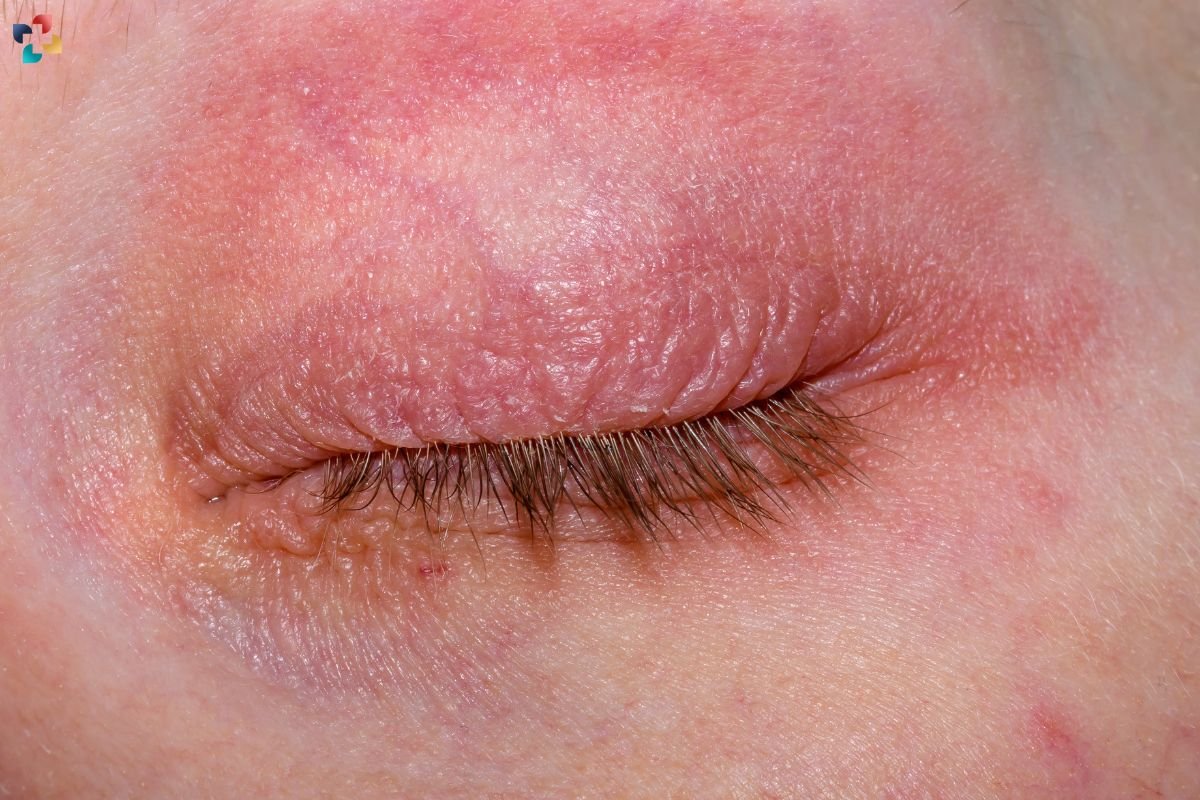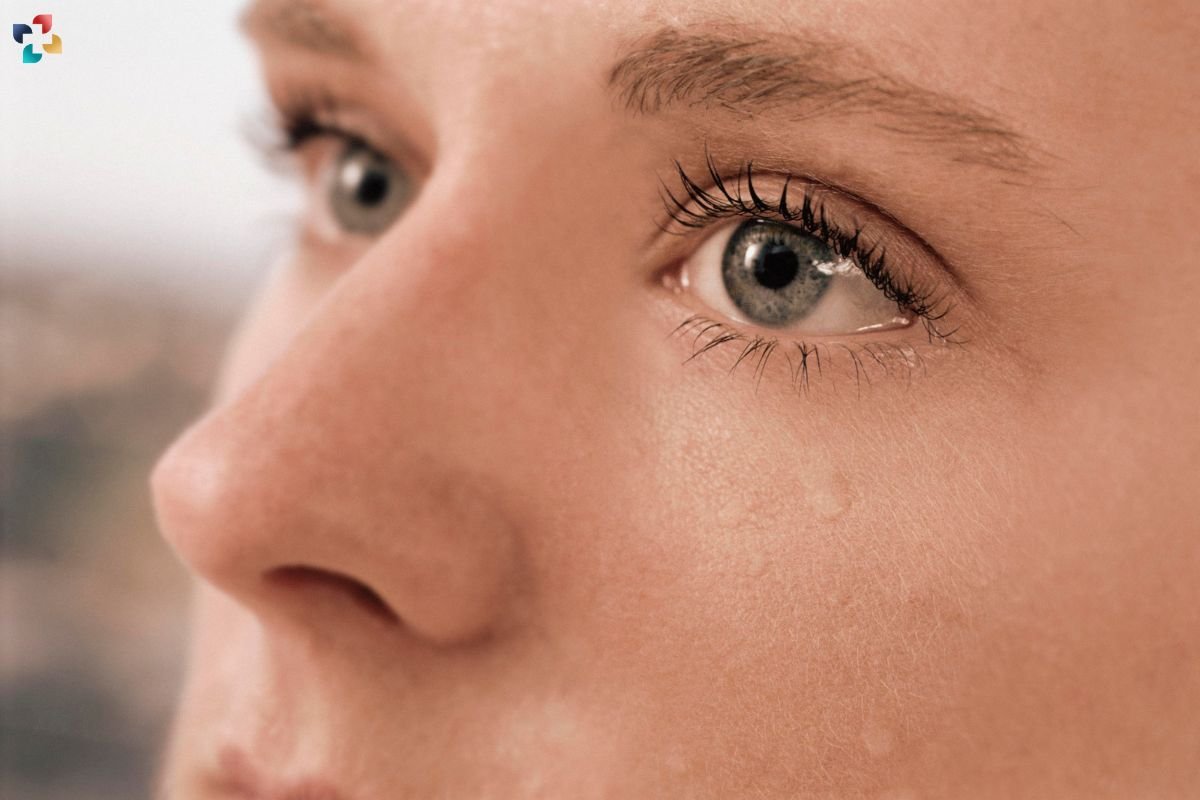Watery eyes, a condition medically known as epiphora, is characterized by an excessive production of tears or inadequate drainage of tears from the eyes. While tears are essential for maintaining the health and function of the eye, excessive tearing can be bothersome and may indicate an underlying issue. This article delves into the various causes, symptoms, and treatments for watery eyes, providing a comprehensive understanding of this common yet often misunderstood condition.
Causes of Watery Eyes
Watery eyes can result from a myriad of causes, ranging from environmental factors to underlying medical conditions. Understanding these causes is crucial in diagnosing and treating the condition effectively.
1. Environmental Irritants
Exposure to environmental irritants such as smoke, wind, or chemical fumes can lead to watery eyes. These irritants can stimulate the lacrimal glands to produce more tears in an attempt to protect the eyes from harm. Seasonal allergies, often caused by pollen, dust mites, or pet dander, can also trigger excessive tear production.
2. Dry Eye Syndrome
Paradoxically, dry eye syndrome can lead to watery eyes. When the eyes are dry, they may become irritated, prompting the lacrimal glands to produce an excessive amount of tears in response. This overcompensation is the body’s attempt to lubricate and protect the eyes.
3. Infections and Inflammations
Infections such as conjunctivitis (pink eye) and blepharitis (inflammation of the eyelids) can cause watery eyes. These conditions often result in redness, itching, and discharge, in addition to excessive tearing. Viral infections, including the common cold, can also lead to increased tear production.
4. Blocked Tear Ducts
A blockage in the nasolacrimal duct, responsible for draining tears from the eyes into the nose, can cause watery eyes. This blockage can be congenital (present at birth) or acquired due to injury, infection, or inflammation. When the tear ducts are blocked, tears have no way to drain properly, leading to overflow.
5. Eyelid Problems

Eyelid malpositions, such as ectropion (outward turning of the eyelid) or entropion (inward turning of the eyelid), can disrupt the normal tear drainage mechanism, causing watery eyes. These conditions can also lead to irritation and discomfort.
6. Foreign Bodies and Trauma
Foreign bodies in the eye, such as dust, sand, or eyelashes, can cause irritation and lead to watery eyes. Similarly, trauma to the eye or eyelid, including surgical procedures, can disrupt normal tear production and drainage.
Symptoms Associated with Watery Eyes
While the primary symptom of watery eyes is excessive tearing, this condition can be accompanied by other signs and symptoms depending on the underlying cause.
1. Redness and Swelling
Infections and inflammations often result in redness and swelling of the eyes or eyelids. This can be accompanied by a gritty or burning sensation.
2. Itching and Discomfort
Allergic reactions and dry eye syndrome commonly cause itching and general discomfort in the eyes. This can lead to rubbing of the eyes, which may exacerbate the symptoms.
3. Blurred Vision
Excessive tearing can sometimes cause blurred vision, especially if the tears overflow and obscure the visual field. This can be particularly troublesome during activities that require clear vision, such as reading or driving.
4. Discharge
In cases of infections, especially bacterial conjunctivitis, there may be a thick, sticky discharge that can crust over the eyelashes and eyelids. This can make it difficult to open the eyes, particularly in the morning.
5. Pain and Sensitivity to Light
Severe infections or injuries can lead to pain and increased sensitivity to light (photophobia). This can significantly affect daily activities and overall quality of life.
Diagnosis of Watery Eyes

Diagnosing the cause of watery eyes involves a thorough examination by an eye care professional. The diagnostic process typically includes:
1. Medical History
A detailed medical history helps in identifying potential causes such as allergies, previous eye infections, or injuries. The history may also reveal systemic conditions that could contribute to watery eyes, such as autoimmune diseases.
2. Eye Examination
A comprehensive eye examination, including visual acuity tests, slit-lamp examination, and assessment of the tear film, helps in identifying abnormalities in the eye or eyelids. The use of fluorescein dye can aid in detecting corneal abrasions or foreign bodies.
3. Tear Production Tests
Tests such as the Schirmer test measure the volume of tear production and help in diagnosing conditions like dry eye syndrome. Tear breakup time (TBUT) can also be assessed to evaluate the stability of the tear film.
4. Imaging Studies
In cases where a blocked tear duct is suspected, imaging studies such as dacryocystography or dacryoscintigraphy may be performed. These imaging techniques help in visualizing the tear drainage system and identifying blockages.
Treatment Options for Watery Eyes
The treatment for watery eyes depends on the underlying cause. Approaches can range from simple home remedies to medical interventions and surgical procedures.
1. Home Remedies and Self-Care
For mild cases of watery eyes caused by environmental factors or minor irritations, simple home remedies and self-care measures can be effective. These include:
- Avoiding Irritants: Reducing exposure to smoke, wind, and allergens can help alleviate symptoms.
- Warm Compresses: Applying warm compresses to the eyes can help in soothing irritation and promoting drainage.
- Proper Hygiene: Maintaining good eye hygiene, especially in cases of infections, can prevent the spread and worsening of symptoms.
2. Medications
Medications are often prescribed to address underlying conditions causing watery eyes:
- Antihistamines: For allergy-induced watery eyes, antihistamines can reduce tear production by blocking the histamine response.
- Antibiotics: Bacterial infections require antibiotic eye drops or ointments to eliminate the infection and reduce tearing.
- Anti-inflammatory Drugs: Steroid or non-steroidal anti-inflammatory eye drops can help in reducing inflammation and associated tear production.
3. Tear Duct Probing and Irrigation
In cases of blocked tear ducts, a procedure known as tear duct probing and irrigation can be performed. This involves inserting a thin probe into the tear duct to clear the blockage, followed by irrigation to ensure proper drainage.
4. Surgery
Surgical intervention may be necessary for severe cases where other treatments have failed. Surgical options include:
- Dacryocystorhinostomy (DCR): This procedure creates a new drainage pathway between the tear sac and the nasal cavity, bypassing the blocked tear duct.
- Eyelid Surgery: Correcting eyelid malpositions such as ectropion or entropion can restore normal tear drainage and reduce excessive tearing.
5. Treatment for Dry Eye Syndrome

For watery eyes resulting from dry eye syndrome, treatment focuses on restoring the normal tear film. Options include:
- Artificial Tears: Over-the-counter artificial tear solutions can help in lubricating the eyes and reducing irritation.
- Punctal Plugs: These tiny devices are inserted into the tear ducts to block drainage, keeping more tears on the surface of the eye.
- Lifestyle Modifications: Increasing humidity levels, taking breaks during activities that strain the eyes, and using protective eyewear can help in managing dry eye symptoms.
Preventing Watery Eyes
While it may not always be possible to prevent watery eyes, especially in cases of underlying medical conditions, certain measures can help reduce the risk and severity of symptoms.
1. Protecting the Eyes
Wearing sunglasses or protective goggles in windy or dusty environments can help shield the eyes from irritants that cause excessive tearing.
2. Managing Allergies
Identifying and avoiding allergens, using air purifiers, and taking prescribed allergy medications can help in controlling allergic reactions that lead to watery eyes.
3. Maintaining Eye Hygiene
Regularly cleaning the eyelids and lashes can prevent infections and inflammations that cause watery eyes. Using gentle, hypoallergenic products can reduce the risk of irritation.
4. Staying Hydrated
Adequate hydration is essential for maintaining a healthy tear film. Drinking plenty of water and using a humidifier can help keep the eyes moist.
Conclusion
Watery eyes, or epiphora, is a condition that can significantly impact daily life and overall eye health. By understanding the various causes, symptoms, and treatment options, individuals can take proactive steps to manage this condition effectively. Whether through simple home remedies, medical treatments, or surgical interventions, addressing the underlying cause of watery eyes is key to alleviating symptoms and improving quality of life. Regular eye examinations and good eye hygiene practices play a crucial role in maintaining eye health and preventing the recurrence of watery eyes.

5 Easy Eye Exercises to Improve Eyesight
Eye Exercises to Improve Eyesight, which generally takes the form of vision therapy, may assist in guaranteeing that the two eyes can efficiently coordinate their movements.











